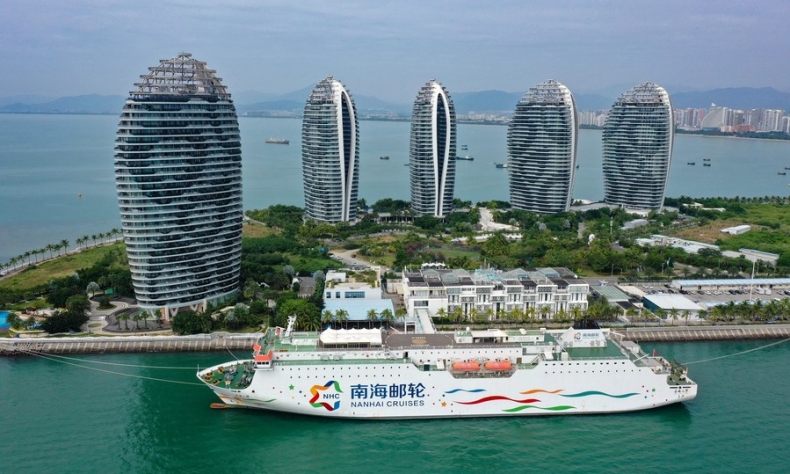New Prospects for Hainan-ASEAN Collaboration

Hainan is now all set to become the next promising region of China. Its economic interests, to a large extent, are inextricably intertwined with those of Southeast Asia.
Ever since China made its commitment to achieving carbon neutrality before 2060, its thriving green economy, characterized by the prevalence of carbon credit transactions and the emergence of new renewable energy technologies, has no doubt provided a model to emulate for Southeast Asian developing economies also in pursuit of sustainable development. On the other hand, the vast areas of tropical rainforests in the region, as an important carbon sink in the fight against climate change, have made an ideal resource for carbon credit trading. From this perspective, Hainan, China’s southernmost island province known for its proximity to Southeast Asia, is the ideally positioned bet for pioneering the green economy collaboration between China and the Association of Southeast Asian Nations (ASEAN).
Maritime tourism, aquaculture, fishery and sea-borne logistics are other sectors in which China can offer its expertise and experience to its Southeast Asian neighbors through Hainan. The vision of collaboration should not be capped at mere trading of marine produce or the dispatch of tourists as was practiced in the past. Instead, provision of infrastructure for maritime tourism, aquaculture and fishery through Chinese assistance will go a long way to help develop these sectors in ASEAN members.
Hainan’s southward outreach could not have come at a more opportune time, given that the province is poised to become an island-wide free trade port by 2025, and the China-ASEAN relationship was lifted to a comprehensive strategic partnership in 2021. The elevation extends beyond economic collaboration. It provides an ideal platform for both sides to forge a community with a shared future. This will greatly befit ASEAN, which envisions the inception of the ASEAN Community by 2025.

From the perspective of trade in goods and services, Hainan’s upcoming free trade port status will further enhance its competitiveness as the province will take on an important role in the national dual circulation development paradigm that features domestic and overseas markets reinforcing each other with the domestic market as the mainstay. It can fully leverage its tariff-free status to attract goods and services from Southeast Asia, notably tropical agricultural produce that could be further processed for market distribution throughout China.
In retrospect, the Hainan-ASEAN trade volume of $3.43 billion only constituted 0.5 percent of total imports and exports between China and the Southeast Asian bloc in 2020. If Hainan’s full potential as a logistics hub is unleashed, alongside the coming to fruition of other initiatives of collaboration, exponential growth of said weightage is not a distant dream. This is possible given the goal of both the central and provincial authorities is to transform Hainan into the world’s most globally influential high-level free trade port and the area of China most open to the world. It is expected to soon morph into a hub of multi-connectivity with not only Southeast Asia, but the entire Asia Pacific, including all members of the Regional Comprehensive Economic Partnership. The deal, consisting of 15 regional economies and coming into force on January 1, creates a free trade zone covering roughly 30 percent of the global GDP, trade and population.
Hainan is now all set to become the next promising region of China. Its economic interests, to a large extent, are inextricably intertwined with those of Southeast Asia. Only through leveraging mutual trust rooted in shared interests, could we ever transform the geopolitical tension-filled South China Sea into a theater of peace and solidarity, conducive to the symbiotic Hainan-ASEAN collaboration and beyond. The key lies in not the economic gains per se, but in the collective awareness of forging a region-wide community with a shared future.
The author is founding chairman of the Center for New Inclusive Asia.
 Facebook
Facebook
 Twitter
Twitter
 Linkedin
Linkedin
 Google +
Google +










